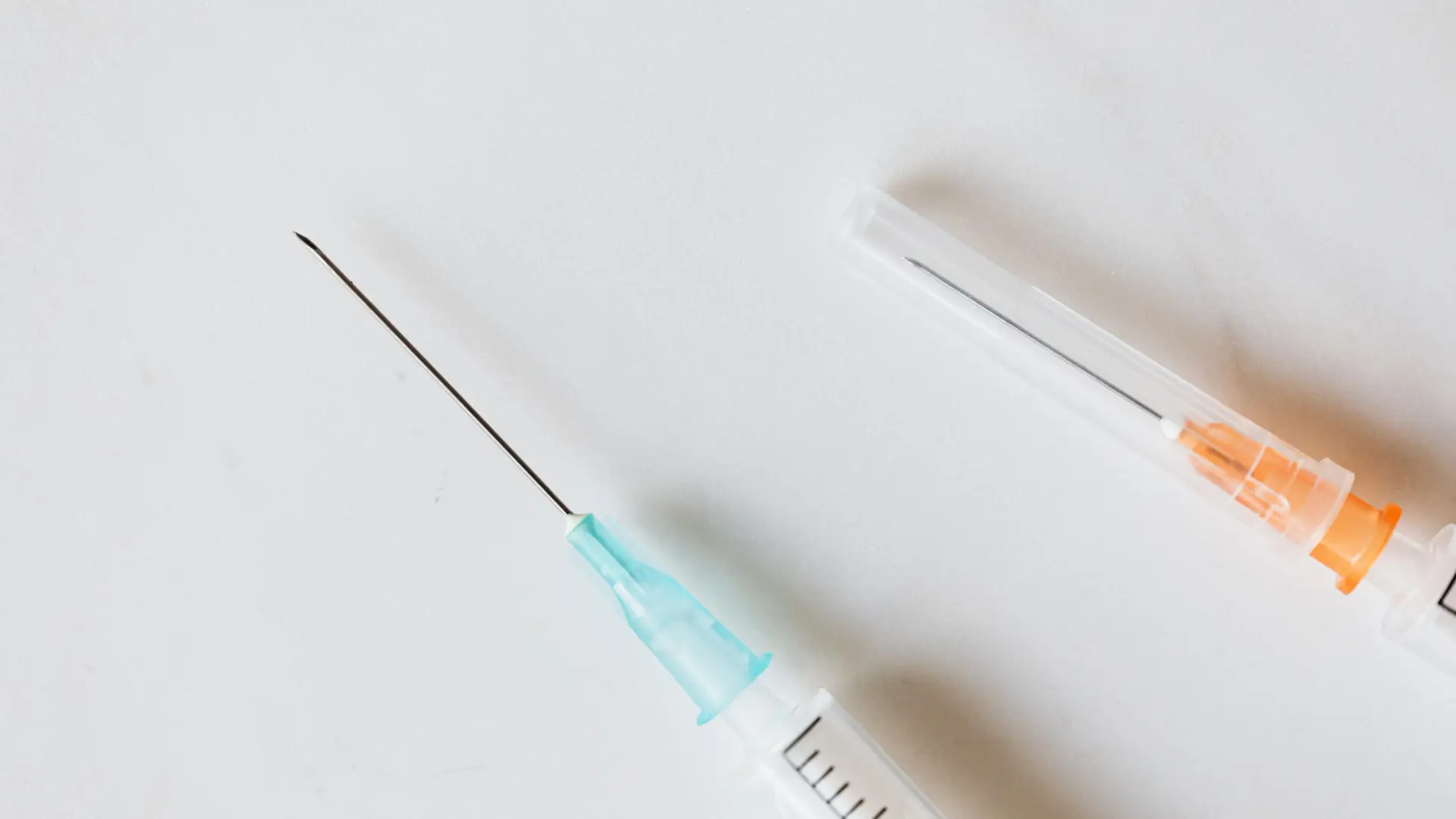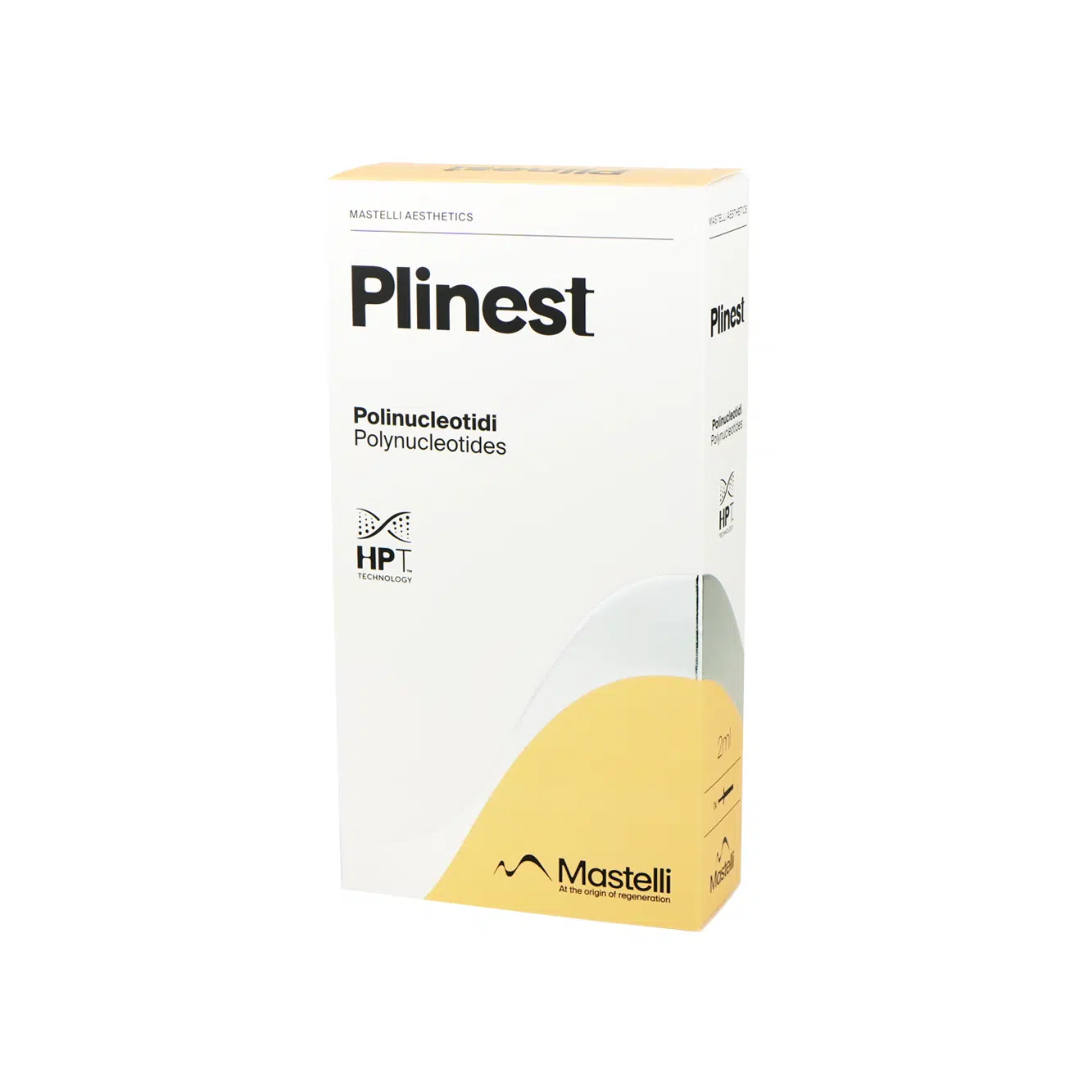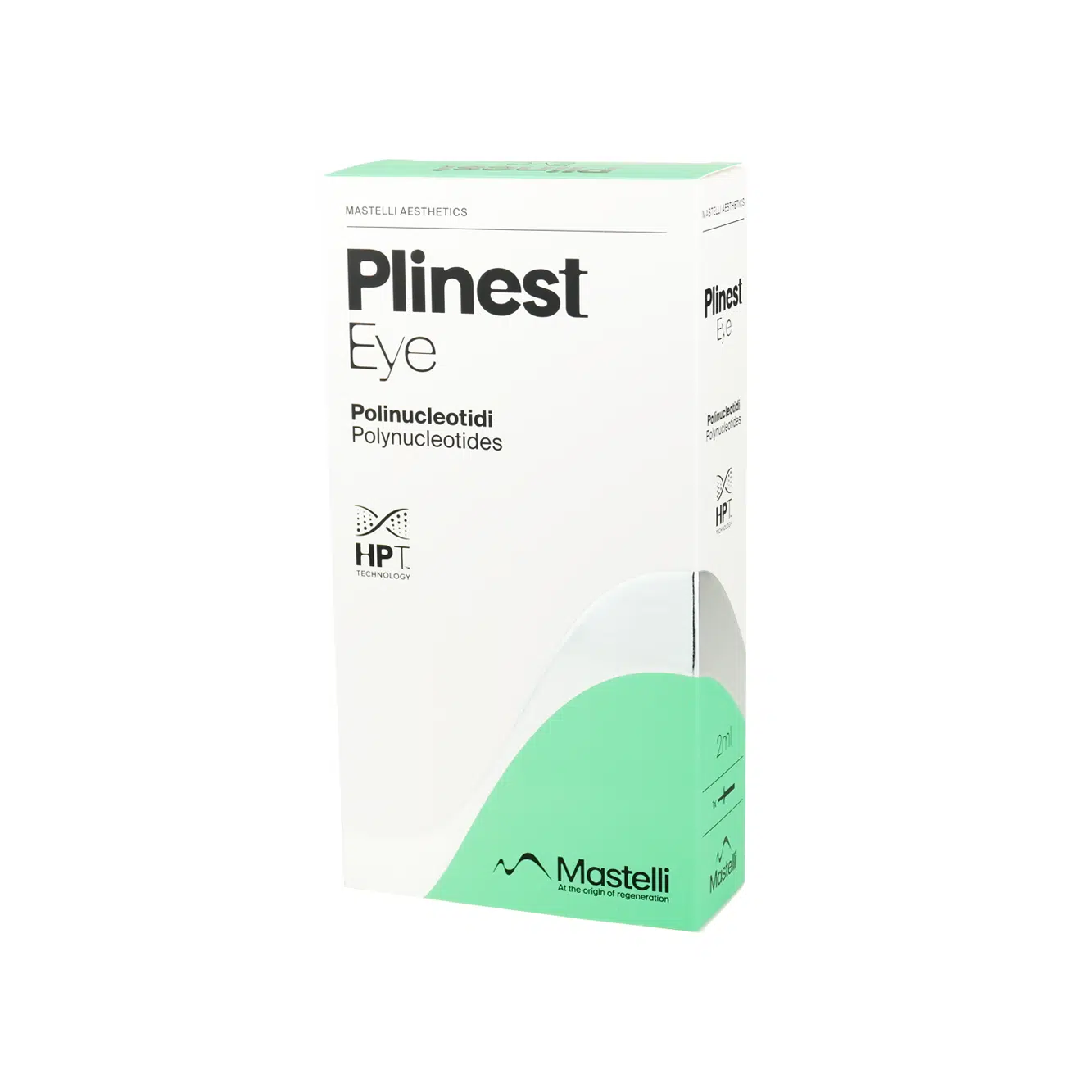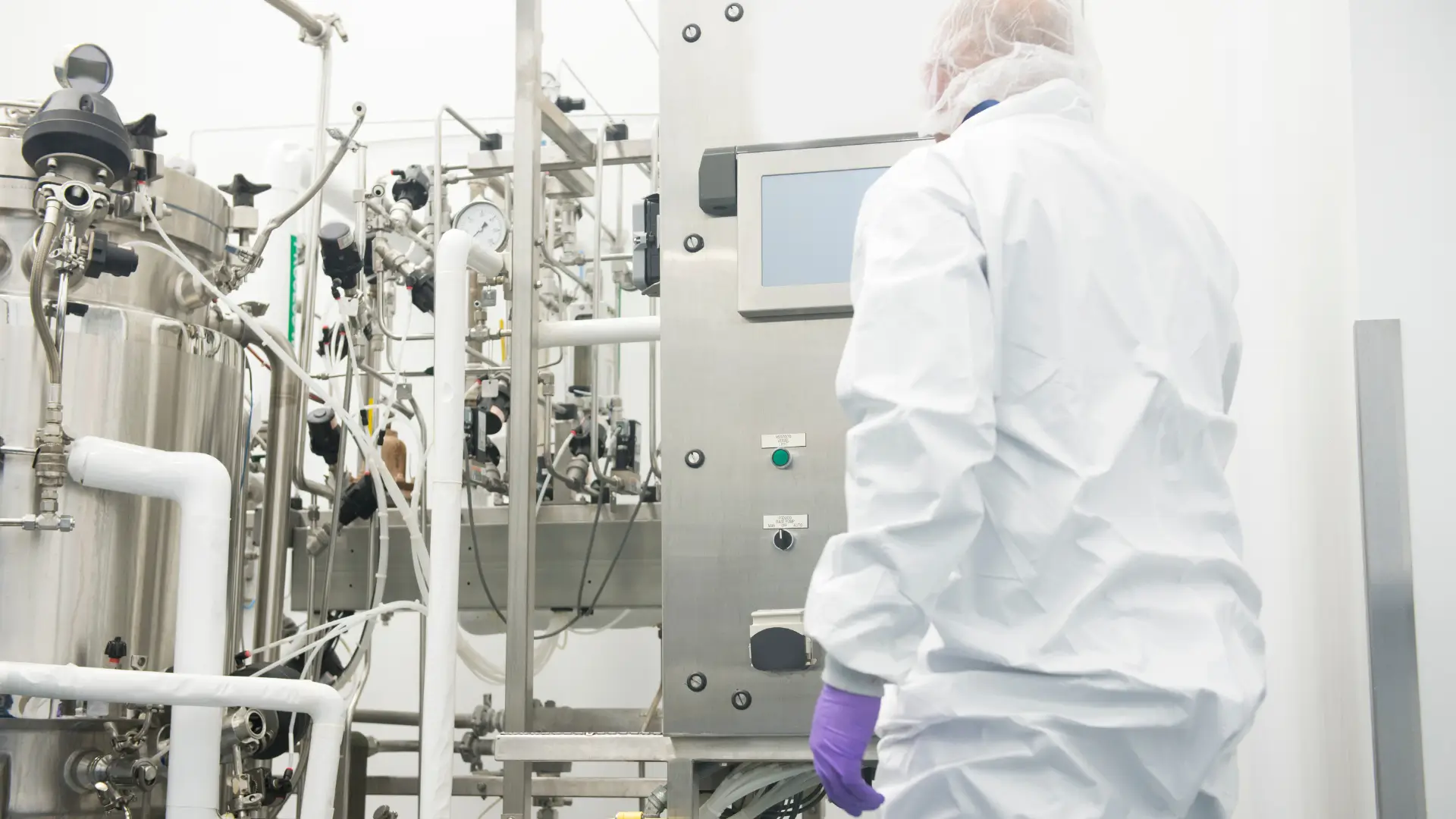A recent consensus report in the Journal of Cosmetic Dermatology highlights the growing importance of polynucleotides in aesthetic medicine, underscoring their ability to improve skin hydration, elasticity, and texture through cellular regeneration. As non-invasive facial enhancement continues to rise in popularity, treatments harnessing these biostimulatory molecules have become increasingly sought after.
Among the frontrunners are Plinest and Nucleofill—two polynucleotide-based injectables that rejuvenate the skin by stimulating fibroblast activity and promoting tissue repair. While both share regenerative goals, they differ in composition, treatment approach, and clinical outcomes.
In this article, we’ll compare Plinest vs Nucleofill, breaking down their core benefits, ideal applications, and key distinctions to help practitioners and patients make well-informed decisions.
Key Takeaways
- Plinest uses trout-derived polynucleotides and focuses on hydration, elasticity, and early anti-aging support.
- Nucleofill is based on salmon-derived polynucleotides and targets deeper tissue regeneration, firmness, and lifting effects.
- Plinest is ideal for patients with mild skin aging, dryness, or those looking for a natural skin glow with minimal downtime.
- Nucleofill suits individuals with moderate to severe signs of aging, requiring stronger structural support and antioxidant benefits.
- Injection techniques and protocols differ: Plinest uses fine-needle intradermal techniques, while Nucleofill often involves deeper delivery methods.
- Both treatments may cause mild side effects like redness or swelling. In contrast, rare side effects of Plinest treatments include nodules or allergic reactions, especially if practitioners and patients do not follow post-care guidelines.
- Consulting a trained practitioner is essential to tailoring the treatment plan, selecting the appropriate product, and ensuring safe and optimal outcomes.
About: Medica Depot is your trusted all-in-one supplier, offering a range of high-quality medical injectables and supplies. Buy Plinest online at Medica Depot today! Whether for health professionals, plastic surgeons, dermatologists, licensed estheticians, or other specialists, we can offer genuine, brand-name products you may need. With Medica Depot, we prioritize serving you better to improve the patient’s quality of life.
Molecular Differences Between Plinest vs Nucleofill
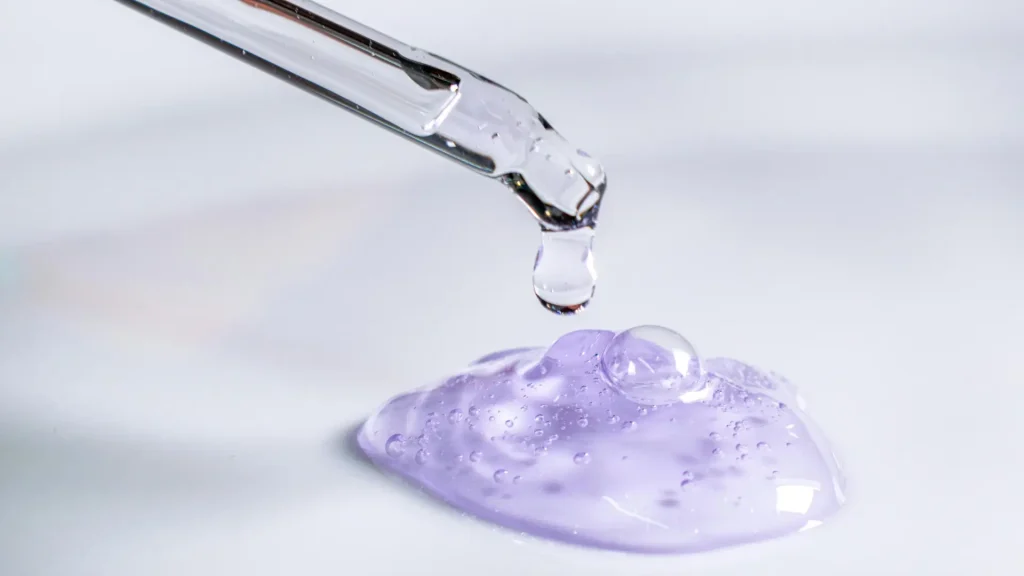
When comparing two polynucleotide injection treatments, like Plinest vs Nucleofill, it’s essential to understand their molecular composition and clinical effects for skin rejuvenation. Aesthetic professionals should provide patients with precise knowledge and analysis of their distinct mechanisms and benefits to support well-informed choices.
Plinest utilizes highly purified polynucleotides derived from trout DNA, developed using patented purification processes to reduce immunogenic risks. This formulation enhances hydration, improves elasticity, and stimulates gradual collagen production. Its unique molecular weight distribution supports bioactivity and tissue repair, making it particularly effective for early signs of aging where patients seek a refined, natural glow.
On the other hand, Nucleofill uses salmon DNA-derived polynucleotides, targeting skin renewal and bio-restructuring. This solution promotes collagen and elastin production, reduces oxidative stress, and improves hydration levels at a deeper dermal level. It’s ideal for intensive restructuring and lifting effects.
Hydration vs Regeneration Effects: Plinest vs Nucleofill
The formulation and intended action of Plinest and Nucleofill significantly shape their benefits in aesthetic practice. While both rejuvenate skin, their emphasis differs—Plinest focuses on hydration and elasticity, whereas Nucleofill aims for deep tissue remodeling.
Plinest is designed to enhance moisture retention and surface radiance. Its lightweight polynucleotide gel boosts skin glow and texture, delivering smoother and more hydrated skin with a fresh, youthful appearance.
Nucleofill, in contrast, triggers deep fibroblast activation, which supports long-term firmness and skin structure improvement. Its antioxidant properties protect the skin from free radicals, making it especially valuable for patients with advanced skin laxity or damage.
Clinical Protocols for Plinest vs Nucleofill Administration

Beyond their ingredients, Plinest and Nucleofill differ in how they are administered and scheduled.
Plinest is injected intradermally using fine needles across targeted areas. Clinicians follow strict hygiene standards, typically performing 2–3 sessions spaced 2–3 weeks apart, allowing the skin to steadily absorb the polynucleotides and respond with improved texture and hydration.
Nucleofill follows more varied protocols depending on treatment goals. Techniques like mesotherapy or retrograde injection are often used to deliver the solution deeper into the dermis or subdermal layer. The schedule is adjusted according to the desired lifting effect, and treatment intervals may extend over a longer period to accommodate cellular turnover.
Best Patient Profiles for Plinest vs Nucleofill Treatments

Both brands offer flexible product lines, and choosing between them often depends on the individual’s skin condition, goals, and timeline. Educating patients during consultations helps guide appropriate product selection and ensures realistic expectations.
Plinest is ideal for those experiencing early to moderate aging, such as fine lines, subtle dullness, or mild dehydration. Its formulation works best in sensitive areas like the under-eye and facial contours, and the Plinest product range also extends to hair revitalization treatments. Patients often appreciate the gentle yet noticeable improvement it brings over time.
Nucleofill, with its stronger restructuring action, is better suited for those with noticeable sagging, deeper wrinkles, or post-inflammatory tissue damage. Its lifting and antioxidant properties make it appealing for middle-aged to older patients looking for comprehensive facial rejuvenation.
Importantly, both treatments may involve temporary side effects such as swelling or tenderness. More serious but rare Plinest side effects, such as infection or nodule formation, are typically avoidable with proper clinical practice and patient care.
Conclusion
Plinest and Nucleofill both reflect cutting-edge advancements in biostimulatory aesthetic treatments, offering safe, non-surgical skin improvements through polynucleotide technology.
Plinest excels in hydration, texture smoothing, and subtle anti-aging support, while Nucleofill addresses deeper rejuvenation, firmness, and dermal restructuring. The best outcomes result from matching the right treatment with the right patient—based on age, aesthetic goals, and skin condition.
A well-informed consultation ensures proper selection. Some patients even benefit from the complementary use of both treatments over time for layered improvements. Understanding the nuances between Plinest vs Nucleofill enables practitioners and patients to work together toward lasting and natural-looking skin health.
FAQs
1. What is the primary difference between Plinest and Nucleofill?
Plinest primarily focuses on hydration and improving skin elasticity using polynucleotides from trout DNA, while Nucleofill emphasizes regeneration and structural support through salmon DNA-derived polynucleotides.
2. Who are the best candidates for Plinest treatments?
Plinest is ideal for individuals experiencing early to moderate signs of aging who want subtle improvements in skin brightness, elasticity, and overall radiance.
3. How are Plinest and Nucleofill administered?
Plinest is given via fine-needle intradermal injections, typically in a series of two to three sessions, while Nucleofill may use various techniques, such as mesotherapy or cannula-assisted injections, depending on the treatment area and desired effects.
References
- Cavallini, M., Bartoletti, E., Maioli, L., Massirone, A., Pia Palmieri, I., Papagni, M., Priori, M., Trocchi, G., & As Members of The Polynucleotides HPT™ Priming Board, Collegio Italiano delle Società Scientifiche di Medicina Estetica (Italian College of the Aesthetic Medicine Scientific Societies) – SIME, AGORÀ, SIES (2021). Consensus report on the use of PN-HPT™ (polynucleotides highly purified technology) in aesthetic medicine. Journal of cosmetic dermatology, 20(3), 922–928. https://doi.org/10.1111/jocd.13679
- Accueil – Nucleofill. (n.d.-b). Nucleofill. Retrieved May 2, 2025, from https://www.nucleofill.fr/en/
